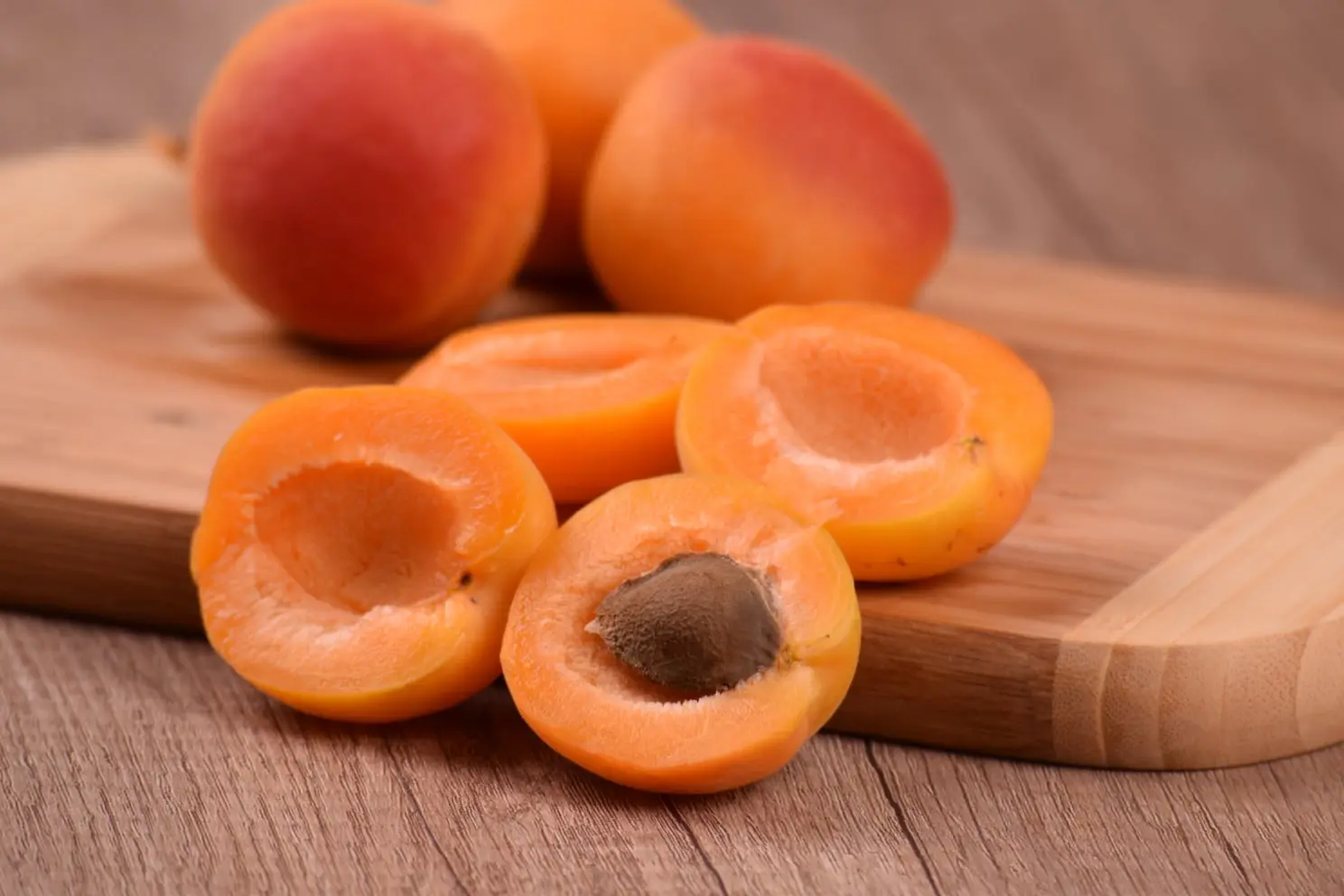Weight Equivalents: Apricots

Article by Gil "hannaone"
© Copyright 2007-2024. All rights reserved.
Apricot Image by ExplorerBob from Pixabay.
Weight information obtained from USDA food database
Apricots were cultivated in the territory of what is now called China as early as 2000 BC.
They were spread along the route of the "Great Silk Road" by traders as they made their way back and forth plying their goods, and through out the steppes of Eurasia by the nomadic peoples ranging that area.
From Armenia to the Roman Empire and into Arabic lands the Apricot eventually made it's way into Europe, where Spaniards and Englishmen further spread them to the Americas.
Apricots are sweetest when they're allowed to ripen on the tree. Those sold in most markets are slightly underripe and more durable. Allow them to soften at room temperature for a few days before using.
Apricots have a firm flesh that ranges from tart to sweet in taste, and have a smooth or velvety skin. When choosing apricots, they should be firm with no bruising, cuts, or soft spots.
Substitutes: ( Any one of) apriums, pluots, peaches, or nectarines.

DISQUS COMMENTS WILL BE SHOWN ONLY WHEN YOUR SITE IS ONLINE